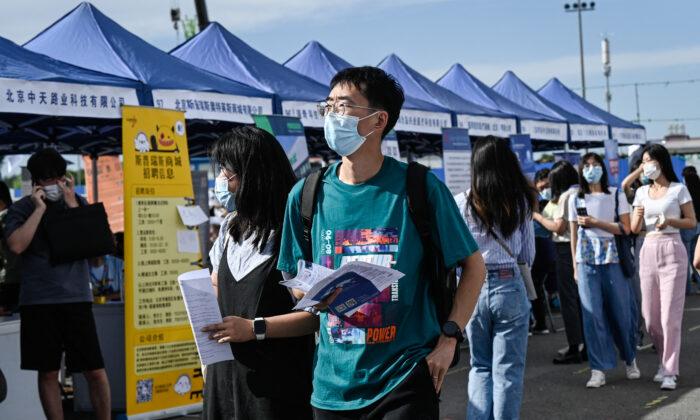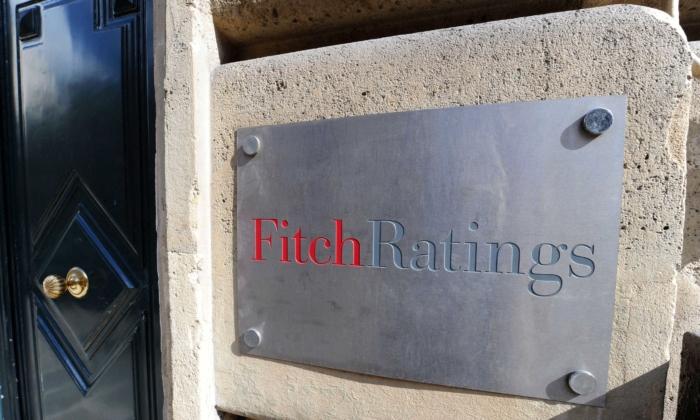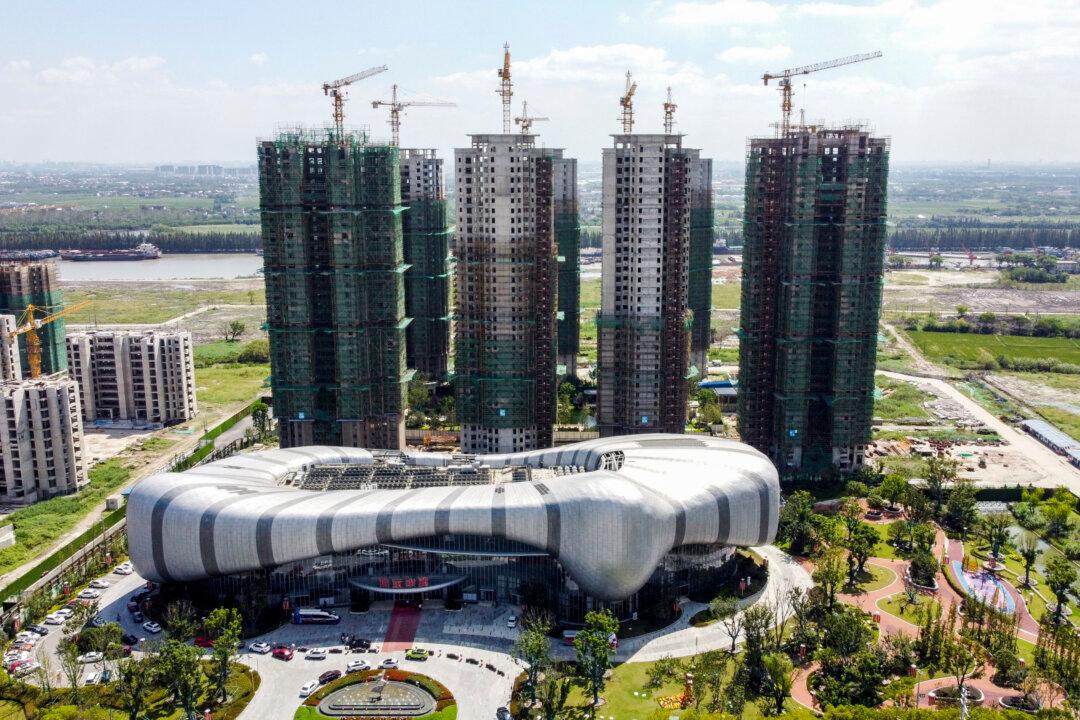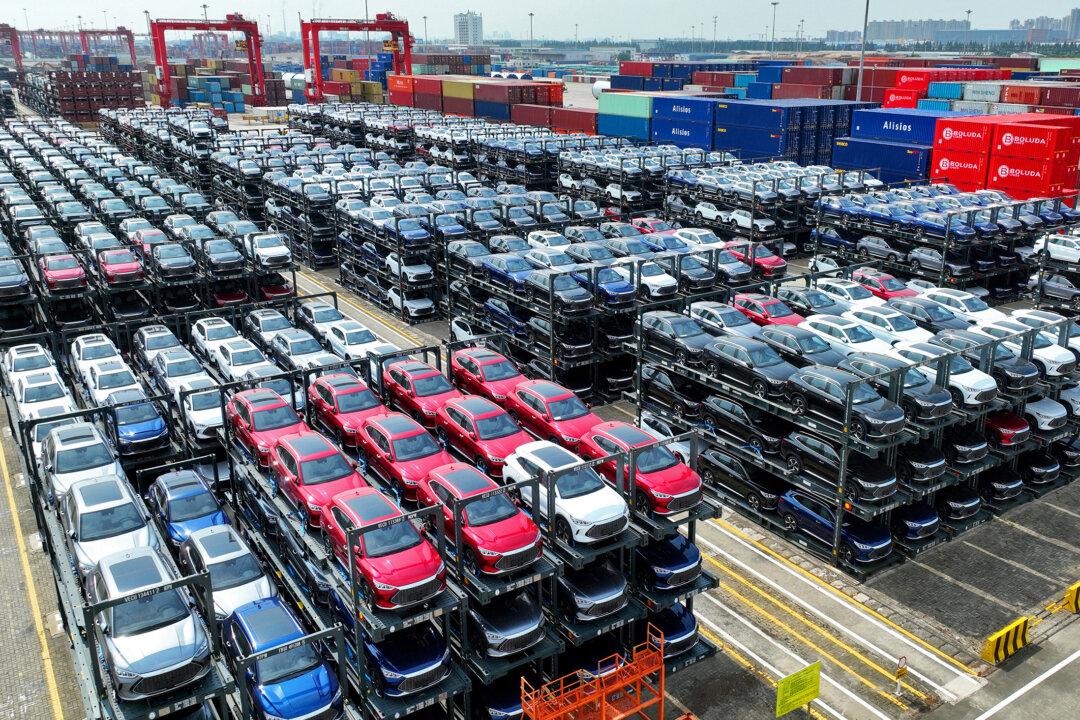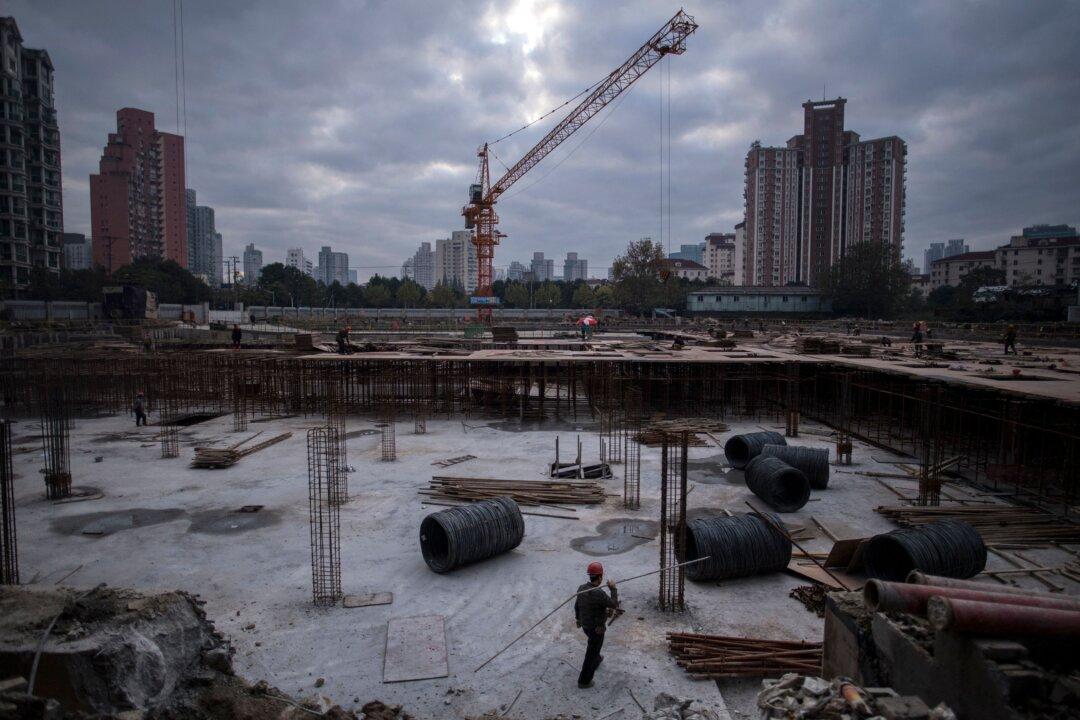But while the report has engendered some enthusiasm in parts of the media and some international institutions, such as the International Monetary Fund (IMF), questions about China’s economic health remain.
The growth surge, for example, was remarkably uneven and included some statistical quirks. Generally, it carried doubts about its durability. Even the Chinese regime’s statistics bureau added a warning to the GDP figures. “We must be aware,” the bureau said, “that the situation abroad is still complex and volatile, inadequate domestic demand remains prominent, and the foundation for economic recovery is not solid yet.”
Another concern lies in the skewed nature of the consumer spending surge. Though Beijing’s statisticians record a 10.6 percent rise in overall consumer spending—fully two-thirds of the first quarter’s overall rise in GDP—the strength was highly concentrated in luxury items, upscale restaurants, travel, hospitality, upscale consumer services, and jewelry. In contrast, spending on household appliances, durable goods, and the kinds of purchases made lower down the income distribution grew at a much less impressive pace. This shortfall is little wonder, as surveys conducted by the People’s Bank of China (PBOC) show a distinct lack of confidence among the bulk of China’s consuming public—a fact that shows in the rise in savings among lower-income Chinese. This extreme warping between income classes raises valid questions about how far “revenge spending,” as the post-COVID surge is called, can carry the Chinese economy going forward.
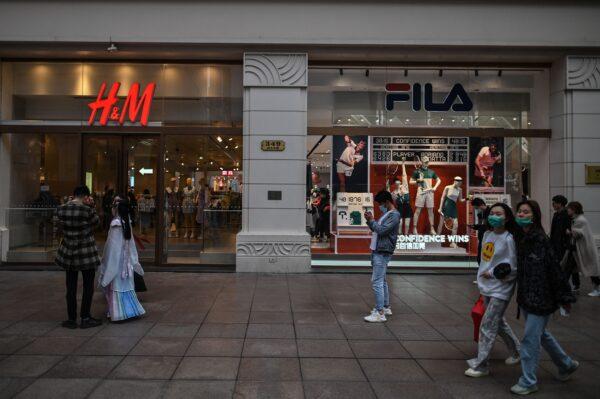
Questions also swirl around the seeming strength in exports. In the statistics bureau’s figures, the quarter’s entire export surge occurred in March, a 14.8 percent jump after five consecutive months of decline. The figure itself may be accurate, but monthly leaps of this kind seldom, if ever, persist. More likely, the surge reflected a sudden fulfillment of orders blocked during last year’s lockdowns. March also saw tremendous buying from Russia. Demand from Russia will no doubt last, but the general orders backlog has now largely been met. Future growth should be more muted.
Meanwhile, alternative measures suggest a much less robust export picture. They show that larger Chinese enterprises suffered a 5.4 percent drop in exports in the first quarter and that overall exports grew only 0.5 percent from the same quarter a year ago.
It is noteworthy in this accounting that exports from foreign-based manufacturing facilities in China actually fell 16.3 percent, raising further doubts about the sustainability of the export growth measured otherwise and also suggesting that foreign firms are accelerating their supply chain relocations away from China. Even if such conflicting figures could be reconciled, rising interest rates in the United States and Europe will certainly slow these economies and, accordingly, restrain Chinese export performance.
Perhaps the most ominous sign coming out of China’s economy is the clear reluctance of private Chinese businesses to invest. State-led investing has considerable support and has expanded some 10 percent from this time last year. In contrast, private-led investment has expanded by a mere 0.6 percent. This is hardly surprising given Chinese leader Xi Jinping’s hostile attitude toward successful private enterprises.
Xi has tried to rebuild private business confidence by referring to Chinese entrepreneurs as “our own people.” But so far, a wariness among businesspeople remains, as is evident by the thin investment flows. This wariness is hardly surprising when businesspeople hear from the authorities in Hainan Province, for example, that Beijing has no intention of detaining or prosecuting businesspeople “unnecessarily.” Such statements show how out of touch Chinese leadership is and, accordingly, why they have had such little success in rebuilding business confidence.
Despite the positive surprise, the overall picture of Chinese economics warns against too much optimism. Indeed, despite an upside surprise, it still looks as though China will have difficulty meeting even the reduced 5.0 percent growth target Beijing has set for 2023.
